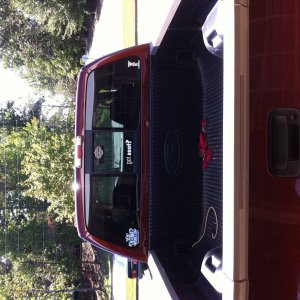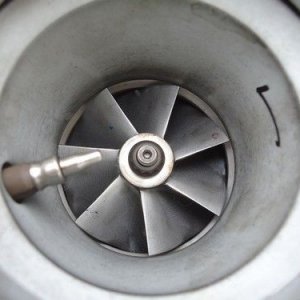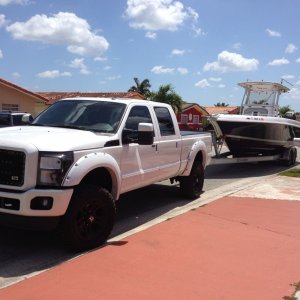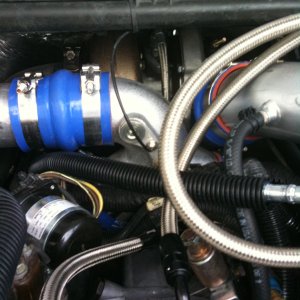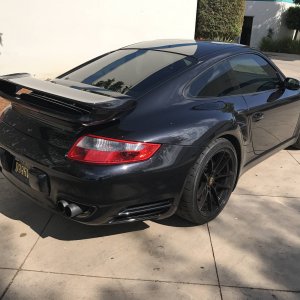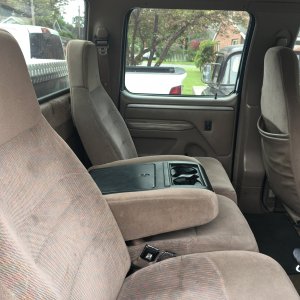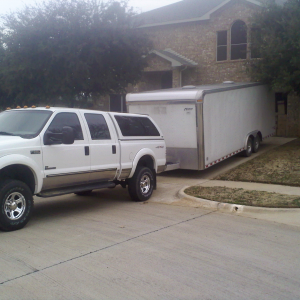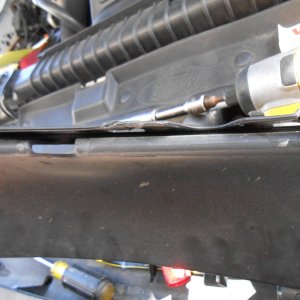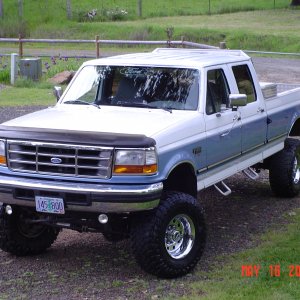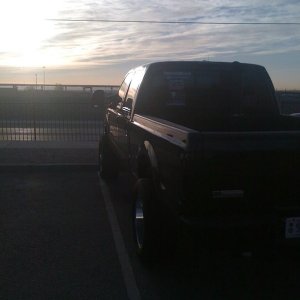Hotrodtractor
Moderator
Yes it did..
Perhaps if they gave you a center to center distance on the exhaust ports you could infer enough info to make it happen - but NO you do not have enough information on that drawing to build a flange. You have a flange port diameter, the center to center of a typical bolt spacing (assuming they are symmetrical about the port), and an overall length which depends heavily on how much material you want around the bolt holes.


